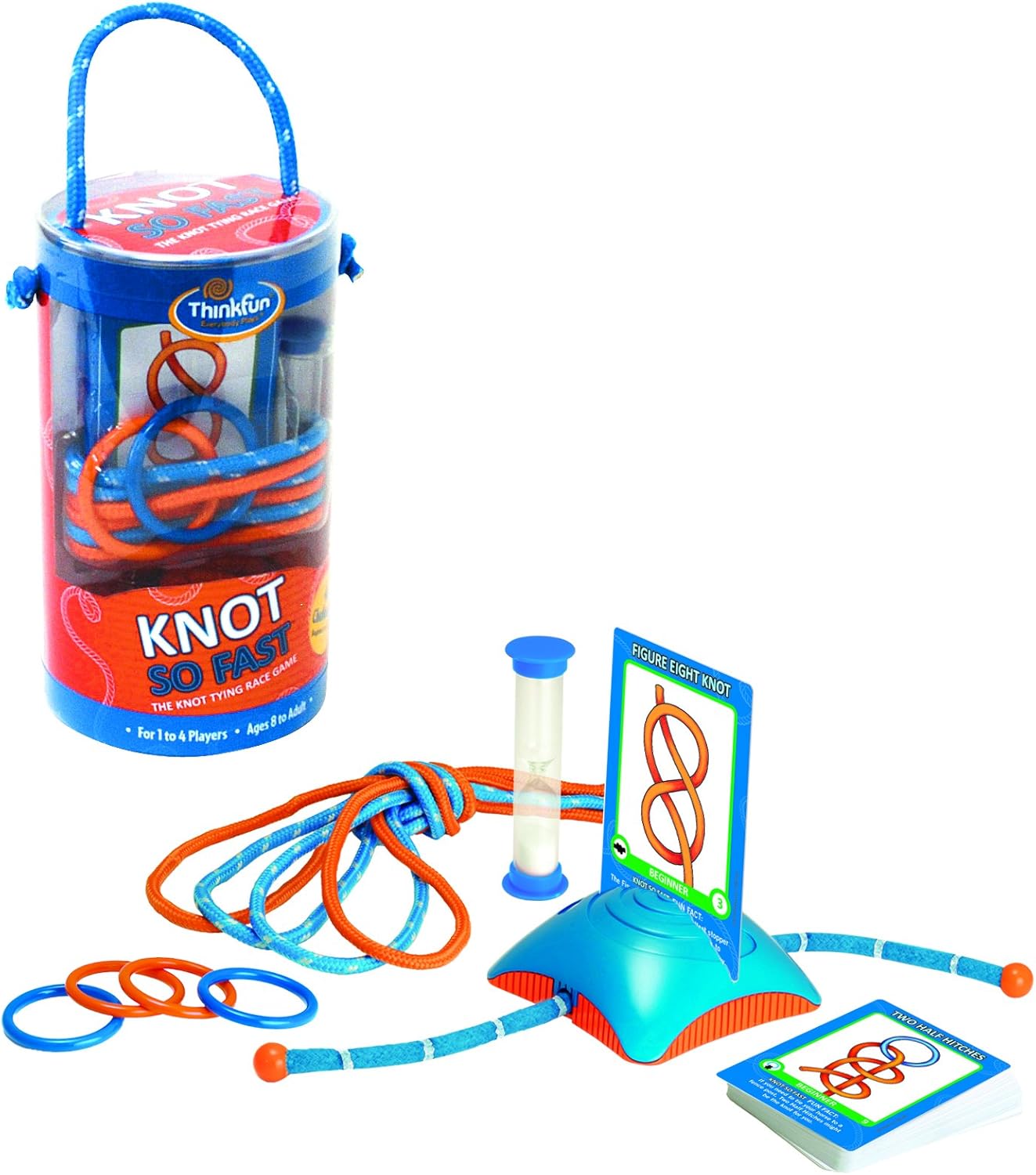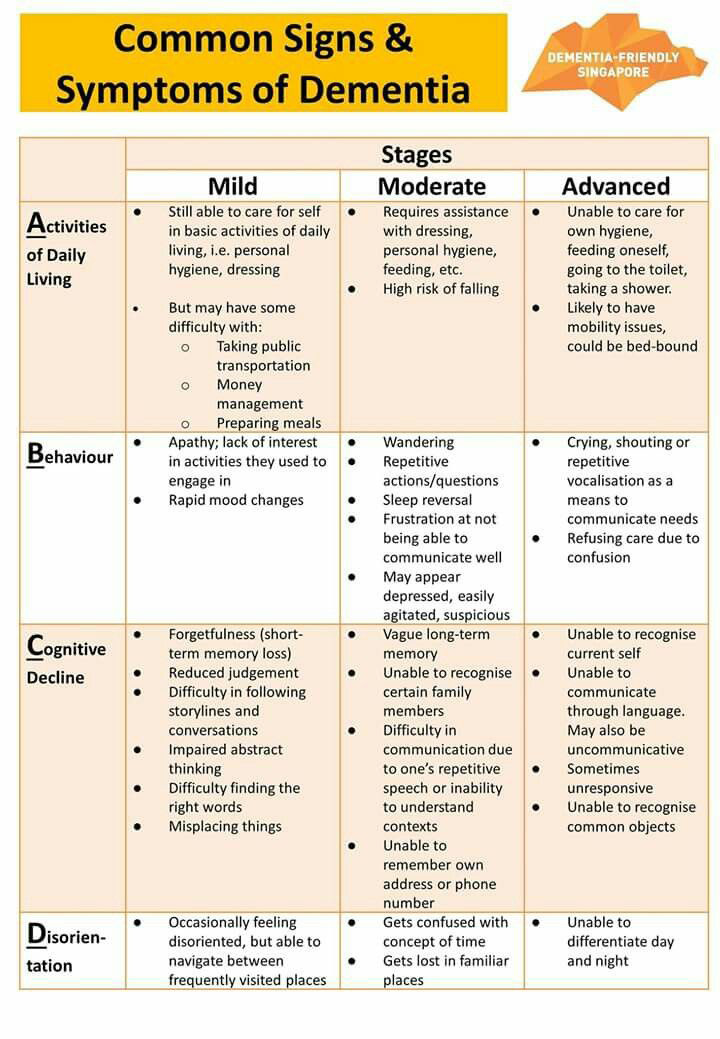Knot Tie
Return to Games & Sports
Learning Basic Knot Tying
Learning basic knot tying can be a beneficial and engaging activity for individuals with dementia. It stimulates cognitive functions, improves fine motor skills, and provides a sense of accomplishment.
You will need a length of rope or string that is easy to handle and see. Set up a comfortable and well-lit area with enough space to work with the rope. Explain the purpose of knot tying to the participant. Show them the rope and demonstrate how to tie a basic knot.
Basic Knots to Learn:
- Overhand Knot: A simple and foundational knot.
- Square Knot: Useful for tying two ropes together.
- Figure Eight Knot: Easy to tie and untie, often used as a stopper knot.
- Bowline Knot: Creates a fixed loop at the end of a rope.
- Cognitive Stimulation: Following the steps to tie a knot may spark memory, attention, and sequencing skills.
- Fine Motor Skills: Handling the rope or string and manipulating it into different knots enhances dexterity and hand-eye coordination.
- Sensory Engagement: The tactile experience of handling the rope and the visual appeal of the knots provide soothing sensory input.
Amazon.com
Walmart.com

